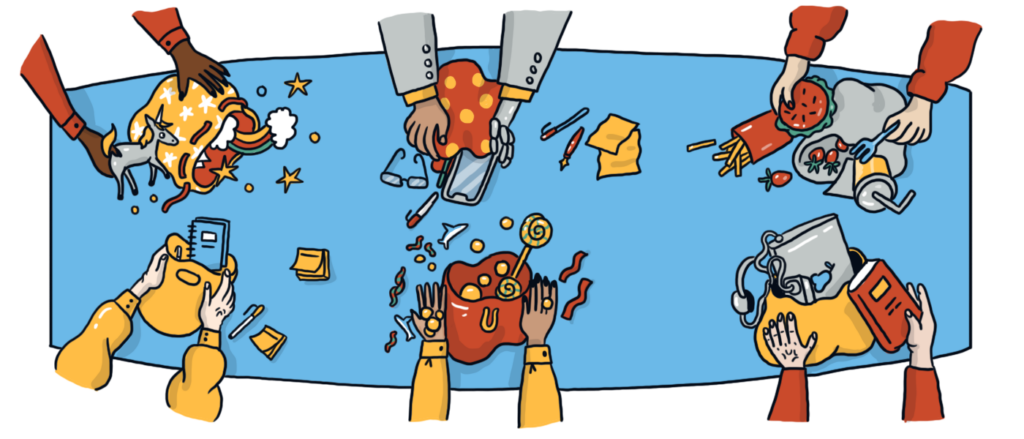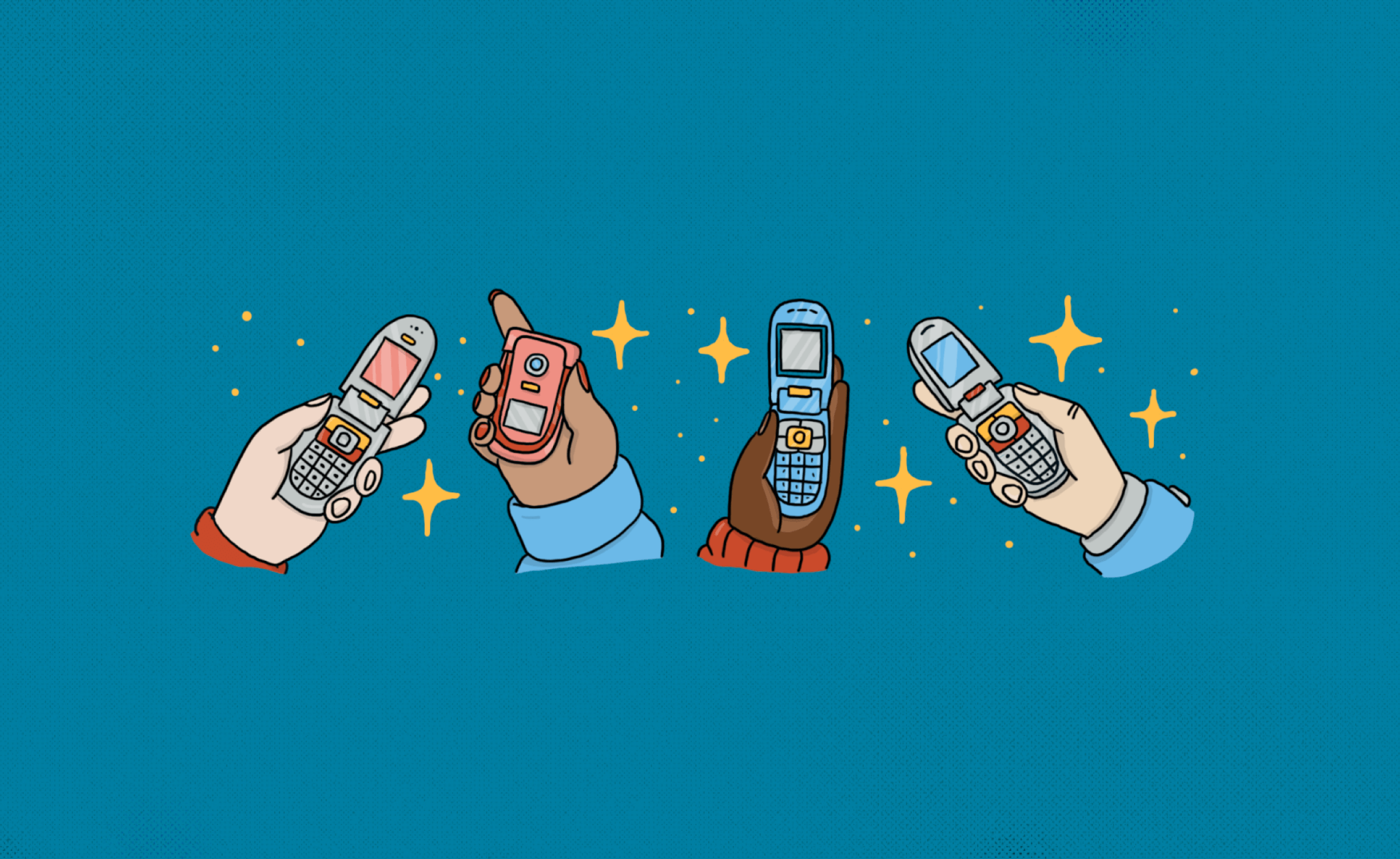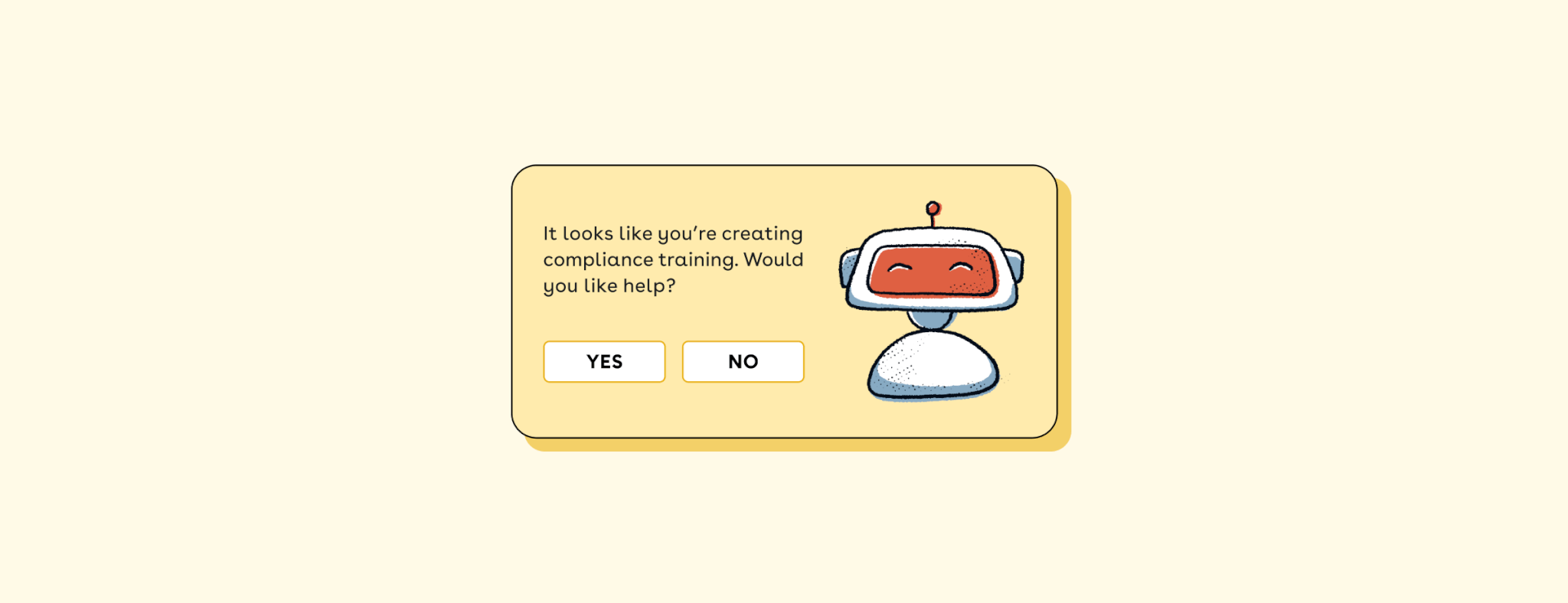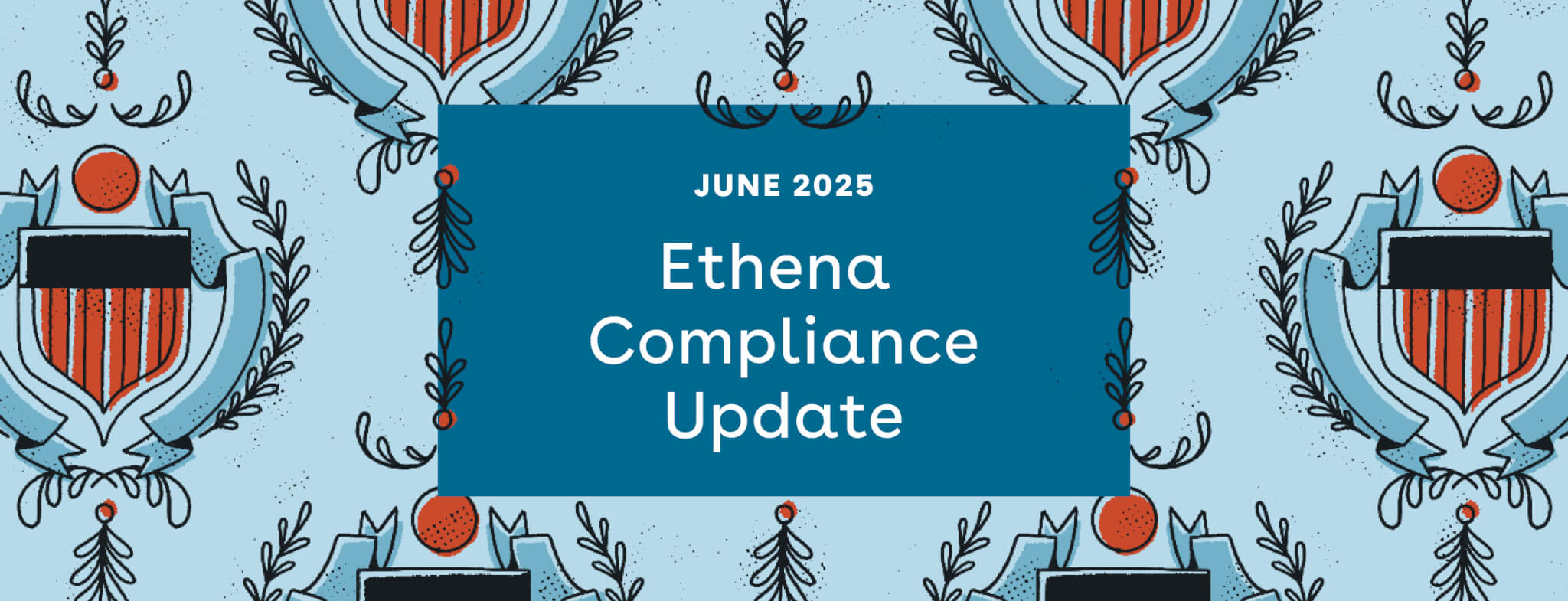Generational generalizations have gone the way of astrology: many people believe a bit of the stereotypes for other people but roll their eyes when those same stereotypes are used to describe them. For example:
- Karen Boomers
- Lazy Gen X
- Millennials and their avocado toast
- Technology-addicted Gen Z
We can all agree that these stereotypes are beginning to feel a bit, well, old (nudge nudge).
This is especially true in the modern, diverse, inclusive workplace. While it might be easy to fall back on generational stereotypes to explain why you connect better with some teammates than others. But looking at the research, we can confirm these stereotypes don’t exactly proclaim truths.
Companies are learning to make adjustments for people of all cultures, genders, orientations, and backgrounds. In the same way, celebrating differences in workplace generations for the ways they succeed can help our profits, team, and company culture grow in ways we never could’ve expected.

Looking at the different generations in the workplace
The simplest way to label generations — in clean-cut, regimented, 20-year blocks — doesn’t actually tell their whole story. Research shows that it’s better to mark generational divisions by their patterns or consistencies in behaviors and viewpoints, rather than with a year that ends with 0. Using these parameters, we can roughly label current working generations as:
- Baby Boomers (born 1946 - 1964)
- Gen X (born 1965 - 1976)
- Millennials (born 1977 - 1995)
- Gen Z (born 1996 - 2015)
Of course, nothing about generations is cut and dry. People born within three years of a generational cusp often align with the group on either side of the line. Many factors can influence how well a person feels they fit in with their generational peers. For example:
- Where you grew up
- The age of your parents when you were born
- Family affluence
- Education
- Military involvement
- And more can impact your generational age
In the workplace, our goal shouldn’t be to look at these generations as defining eras, but rather as a starting place that gives a decent clue on how to best connect with teammates of a certain age. The best way to really get to know someone, of course, is by talking to them. In doing so, you may just find that you and a coworker are more in line than you think.
Generational differences at work don’t have to interfere with culture
As Baby Boomers slowly exit the workforce and Millennials take over as the next largest group, it may be tempting to blame a choppy changeover on the clash between these older and younger generations.
Misunderstandings about time, place, technology, and communication are to be expected in a multigenerational workplace. However, research shows that employees are actually happier to be a part of a diversely aged workplace — 90% of them in fact!
So how can your workplace invest in a company culture that tickles all the generational sweet spots? Look at how employees of different generations think and feel about workplace necessities, such as:
- Feedback
- Time management
- Organization
- Work/life balance
- And more
Successful leadership teams realize that healthy workplace culture isn’t created with a one-size-fits-all outline. What works for one employee may feel tedious or superfluous to another.

4 tips on how to manage different generations in the workplace
How would you like to work for a company that understands its multigenerational workforce values different things, and then works to accommodate those needs accordingly? Generational differences can be used as a starting point to figure out what engages and motivates employees of all ages and at all levels.
Of course, company benefits shouldn’t be doled out blindly by age bracket. Not only is that a good way to poke someone in the eye, but generalizing a person’s goals or disposition based on their age is less good of a fit than understanding their life stage or position. A company that uses generational ideas as an undisputed guide to benefits won’t have the success they’re looking for.
1. Start with “why” and then the “how”
The best way to motivate generationally diverse employees is by finding the “why” together as a team.
- Why are we trying to accomplish this?
- Why is this important?
Then, the “how” it gets accomplished can use different personal generational strengths and tactics. Those roles can then be split up based on preference and where each employee’s talents lie. When the “why” is defined first, employees can focus on the bigger picture and how their work approach fits into it — rather than fighting through a way of doing things that just isn’t their jam.
An example Scenario. 59-year-old Benilde is a new hire and has just been presented with his benefits package. His hiring manager is offering a corner office, a coveted place on the leadership board, and a hefty salary. She is sure that Benilde will be thrilled.
But let’s say that Benilde has his young grandson living with him at home, or that he’s very passionate about spending time on his side projects. Perhaps a flexible schedule, work-from-home opportunities, and ample time off are the benefits Benilde would actually go for.
2. Dig into what drives them
Think of the workplace generational divide as a spectrum. And a good starting point is to think about each generation and what drives them. Many employees have a desire for power of some kind. Older employees may feel like they deserve more recognition and appreciation. They may believe that their long-standing time working for the business should mark them as a valued voice on the team.
Meanwhile, their coworker on the other end of the generational spectrum also wants a place at that table. They think they deserve this because of their education in pushing-the-envelope systems and technologies, as well as because of their fresh, creative ideas. Both teammates, technically, are looking for the same thing. So how can a company deliver on both fronts?
3. Use employee surveys to gather your own data
Data doesn’t lie. What better place to start than to ask what motivates your employees, directly, and if preferred, anonymously? Before you start, we have some tips on running employee surveys (spoilers: don’t over-survey and make sure you visibly do something with the data).
4. Ask your employees yourself
One-on-one conversations can help HR teams work with individuals so everyone lives up to their true potential. Here are general attributes leadership and HR teams can consider that will help them approach their teammates to learn more. While the below are generalizations based on research and can give you a starting point, only you know your specific workforce, industry, and company needs. Do your due diligence to find out what would work for the specific generations in your workforce makeup.:
- Gen Z
- Driven by: Diversity, creativity, individuality, social rewards
- Want their work to be meaningful and to receive abundant feedback
- Interested in: Experiential rewards, opportunities for personal growth
- Millennials
- Driven by: The best monetary/benefits packages over company loyalty; also training, mentoring and feedback
- Like to collaborate, as well as use technology to communicate
- Interested in: Continuous learning opportunities, stock options, flexible schedules
- Gen X
- Driven by: Entrepreneurship, work/life balance, mentorship, competence-based promotions
- Independent workers who prefer minimal supervision
- Interested in: Benefits that support flexibility (such as working from home); bonuses in the form of money or stocks
- Baby Boomers
- Driven by: Ambition, loyalty, money
- Goal-motivated and can be driven by bonuses, promotions, and acknowledgment
- Don’t desire continuous feedback
- Interested in: Retirement funding, 401(k) plans, healthcare benefits
Keep an eye out for generational bias in all the right places
Getting your company to bridge the generational divide may require an introspective look at your team and yourself. Especially at the management level, generational stereotypes and age bias need to be rooted out to make room for better ideas to grow. Biases based on assumed knowledge and ability stunt a team’s opportunities for growth.
You may think that Tina at 60 years old will be better at running the team, and that 29-year-old Mark’s skill set lies in creating social media content … but if you never ask, you’ll never really know!
Another common place that bias winds its tendrils is into the hiring process. When hiring, asking about age and making assumptions about generation-based abilities or qualities is a big no-no. In fact, it can create legal problems for you as well!
The best way to stop generational and age bias in its tracks is with training. Diversity, Equity and Inclusion (DEI) training helps learners understand, celebrate, and support coworkers of different ages and backgrounds. Then, Hiring and Interviewing training is great for rooting out bias at the individual level. You want to be able to see a person’s skills as they really are - not as how you perceive them to be based on the style of glasses that person is wearing. Breaking through your own personal perceptions will allow you to find the best fit for your team, no matter what their class year is.
Not sure where to start to adopt a transparent, unbiased hiring process at your company? Check out our Values Interview template as a great way to define your company values and their place in your hiring process. And if you’re at a loss for DEI-focused questions to find the teammates that will help you keep the ball rolling, give our diversity Interview questions a try.
Honoring generation differences in the workplace with Ethena
At Ethena, we’re committed to helping teams usher bias out the door and onto the next bus outta town. That’s why our DEI training and Hiring and Interviewing course are made with the modern, multigenerational team in mind. Real-world examples provide learners with lessons that everyone can relate to. Our adaptive and engaging media gives all learners the ability to complete their training based on their own schedules and educational styles.
Want to see why learners from every generation have given Ethena over 1.2 million positive ratings? Request a demo of our effective (and enjoyable!) DEI training to see for yourself. Ready to hear more about how Ethena’s easy-to-use software and HR integrations can support your team? Let’s talk.









